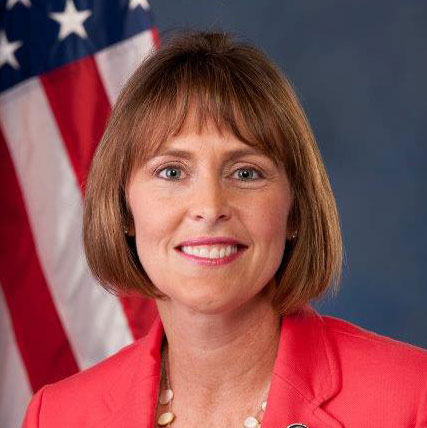Opinion Pieces
Florida should join gun violence database
Tampa,
April 6, 2018
Tags:
Gun Violence Prevention
Now we must do the same to address the firearm violence epidemic. We have very little data with which to begin, so that must change.
Deaths and injuries due to firearms continue to be a public health epidemic in America. If you are between the ages of 1 and 45, you are more likely to die by injury or violence than any other cause, including diseases. Sadly, across all ages, suicides make up most firearm deaths in the United States, while for children and young adults under age 20, homicides are the leading cause of firearm deaths. As motor vehicle injuries surged across America, we passed public health injury prevention laws to require seat belts, car safety seats for infants and children, new safety technologies in vehicles, strong drunken driving laws and more. As a result, rates of motor vehicle deaths and injuries decreased, but all this was preceded by research, consistent data gathering, education, new technologies and the development of evidence-based strategies. In addition, to combat drownings, we have passed pool and spa barrier laws. These commonsense measures saved lives. Now we must do the same to address the firearm violence epidemic. We have very little data with which to begin, so that must change. Over the next couple of months, Florida has an opportunity to join the majority of states that report information to the Centers for Disease Control and Prevention’s National Violent Death Reporting System (NVDRS), launched more than 15 years ago. Forty states collect NVDRS data from death certificates, medical examiners/coroners, crime labs, law enforcement and other sources. But this national, anonymous database has grown without one of the largest states in the country — Florida — and that must change for a number of reasons. First, we know we can save lives and prevent tragedies due to firearm violence, just as we did for motor vehicle injuries, but we need the underlying data and statistics. Policymakers must understand the magnitude and trends of violent deaths and injuries so that we can move to the most effective prevention strategies. A modern, dynamic state like Florida must be in the fold with our local law enforcement and public health professionals to answer important questions about firearm violence. Second, Florida’s violence-related firearm death rate exceeds the national rate. We could protect our families more effectively if we knew who was most at risk. We could focus more intently on people who should not have firearms such as domestic abusers, criminals and those at risk from suicides — but we need the data to do so. Finally, the database could aid veterans, active duty personnel and other families who need suicide prevention interventions because we know that easy access to firearms is associated with an increased risk of death by firearm, especially suicide. We can concentrate attention on neighborhoods with the highest rates of violent deaths and injuries. It is very difficult to manually gather that data now on an ad hoc basis. The CDC is an important public health partner for states and local communities and Florida should move quickly to join the NVDRS and prevent violent crimes, deaths and injuries. There is no one solution to prevent gun violence, but research and the important data that comes from it has proven to be lifesaving in the past and will only save more lives in the future. We are woefully behind in terms of research and the number of researchers involved in firearm violence prevention. The NVDRS is an important and vital step forward to change this trajectory and save lives. U.S. Representative Kathy Castor (D-FL) is Vice Ranking Member of the House Energy and Commerce Committee which has oversight responsibilities for the Centers for Disease Control and Prevention. Rep. Castor recently pressed HHS Secretary Alex Azar to commit to greater gun violence prevention research at CDC. Dr. Karen Liller is Professor at the USF College of Public Health specializing in public health and injury prevention. Dr. Liller's teaching, research, and service activities largely focus on prevention and control of children's unintentional injuries. She has been the recipient of several awards/honors such as the first State of Florida Injury Prevention Award, the Tampa Bay Business Healthcare Hero Award and was named a Fellow of the American Association for the Advancement of Science. She is the editor of "Injury Prevention for Children and Adolescents: Research, Practice, and Advocacy," published by the American Public Health Association. |


